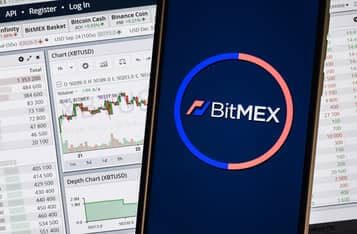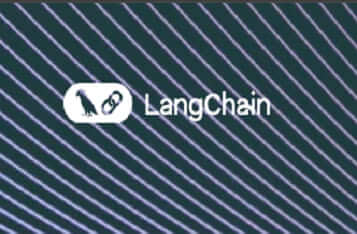Exploring Intents in Ethereum: A New Paradigm for Transactions
Intents are revolutionizing how interactions occur on the Ethereum blockchain, according to EigenLayer Research. By shifting from rigid transaction paths to a more flexible approach, intents enable users to declare desired outcomes, allowing the network to handle execution.
Understanding Intents
Intents empower users to express their desired state transitions, subject to constraints and preferences. Unlike traditional transactions that specify precise execution paths, intents focus on the desired end state. This concept, first introduced by Chris Goes while working on Wyvern, has since gained traction in blockchain technology.
Intents offer several advantages: revert-free guarantees, optimized execution without user intervention, chain abstraction, no gas fees, and conditional execution capabilities. These benefits simplify user interactions and enhance blockchain efficiency.
Implementing Intents: The CoW Swap Example
CoW Swap, a popular intent-based application, illustrates the practical implementation of intents. Users express their intents by submitting signed messages, which are aggregated and shared with solvers. Solvers compete to execute these intents optimally, ensuring efficient transactions.
Challenges of Cross-Chain Intents
Extending intents to cross-chain contexts introduces challenges such as asynchronicity and non-atomicity. Solvers must manage risks associated with executing transactions across different chains, relying on collateral locking and capital efficiency.
Addressing Cross-Chain Challenges with Across
Across, an intents-based bridging protocol, addresses these challenges by implementing a system that locks user collateral on the origin chain, ensuring solver repayments. This approach facilitates fast settlement times, albeit with some trade-offs in complexity and capital efficiency.
Enhancing Intents with Actively Validated Services (AVSs)
EigenLayer proposes using AVSs to improve cross-chain intents. These services offer fast intent verification, enabling immediate solver repayments and enhancing capital efficiency. Additionally, they explore a system where solvers are paid before fulfillment, leveraging cryptoeconomic trust mechanisms.
As intent-based applications continue to evolve, they promise to create more efficient and user-friendly experiences on Ethereum. For more insights, visit the original article by EigenLayer Research here.





